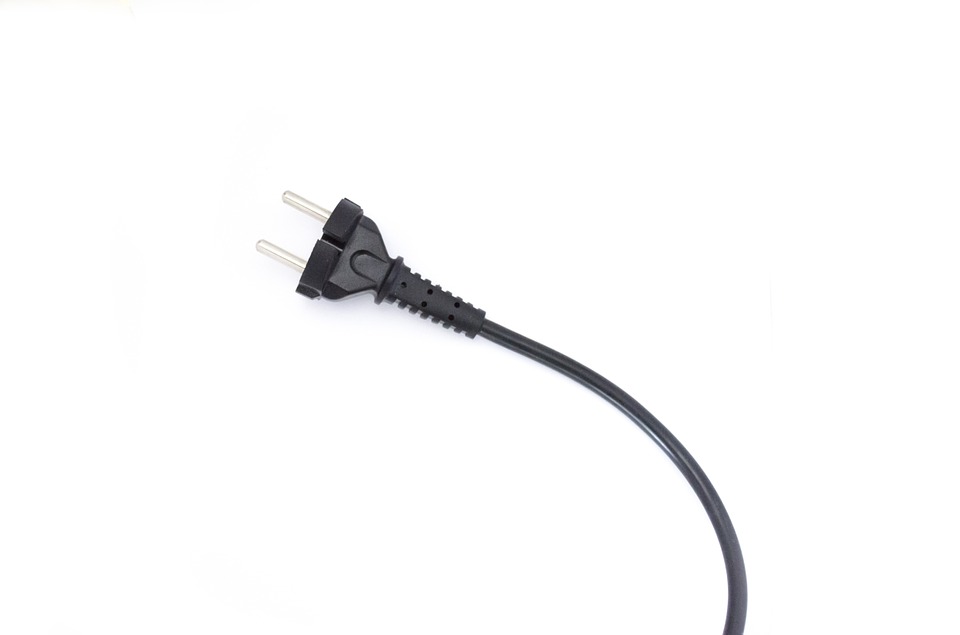
When plugging electrical cords into wall outlets, you may recall seeing two small holes on the prongs. The prongs aren’t entirely solid. Rather, they have small holes in them. Each prong has a single small hole near the end. What’s the purpose of these holes exactly?
The Basics of Electrical Cord Prongs
There are two primary types of electrical cords used in the United States: two prong and three prong. Two-prong cords feature a hot pong and a neutral prong. Three-prong cords feature a hot prong and neutral prong as well as a ground prong.
While they are both used to power electrical devices, three-prong cords are considered safer than their two-prong counterparts. Only three-prong cords feature a ground prong. The ground prong serves as a path for excess electricity. If there’s too much electricity in the circuit, it can be safely dispersed through the ground prong.
Why Electrical Cord Prongs Have Holes in Them
Both two-prong and three-prong electrical cords have holes in them. You’ll find a single hole near the end of the hot prong and the neutral prong.
In the past, these holes were designed to prevent prongs from slipping out of wall outlets. Electrical outlets featured interior connectors with grooves. The grooves would align with the holes to create a stronger and more secure connection. With holes in their prongs, electrical cords were less likely to slip out of wall outlets.
Wall outlets, however, no longer feature interior connectors with grooves. They will offer a strong and secure connection with all appropriately sized prongs, regardless of whether the prongs have holes in them. Wall outlets in the past had interior connectors with grooves that aligned with the holes in prongs, but modern wall outlets no longer feature these grooved connectors.
Some people believe that manufacturers continue to create holes in their cord prongs to save money on materials. By creating holes in the prongs, manufacturers can build electrical cords using less material, resulting in cost-savings benefits. Of course, a few small holes don’t make a much of a difference in material costs. For whatever the reason, electrical cords continue to feature holes in their prongs.
In Conclusion
There’s really no practical reason why electrical cords have holes in their prongs. Many years ago, it prevented them from slipping out of wall outlets. But this is longer the case. Electrical cords will remain secure in wall outlets with or without holes in their prongs.

